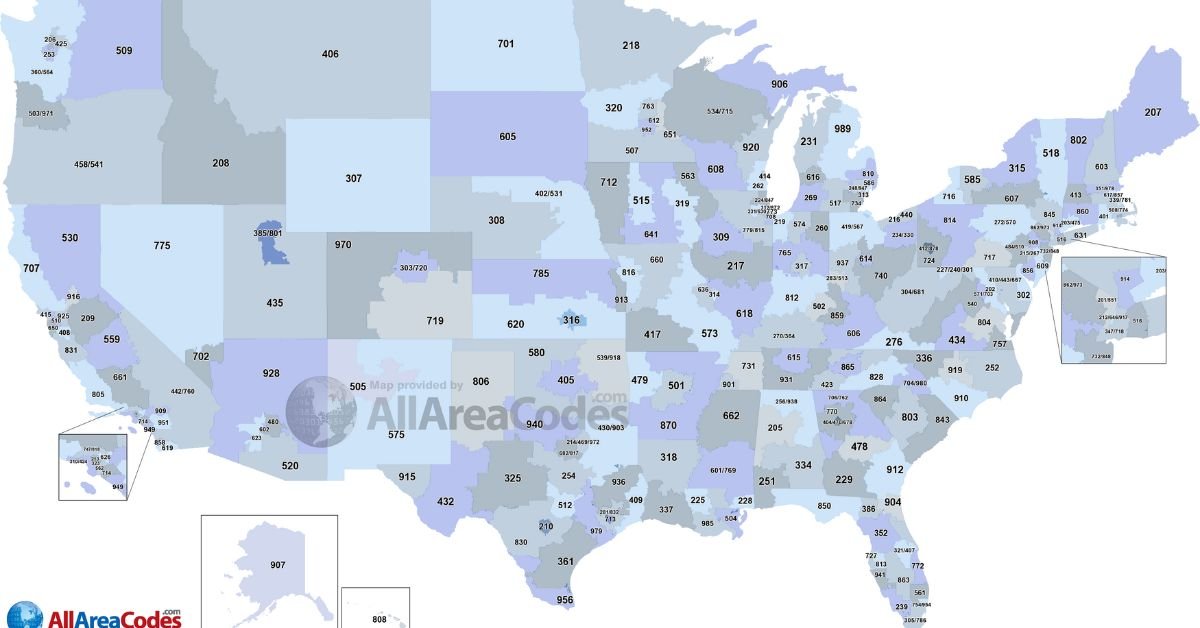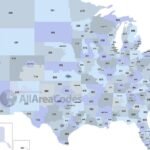760 Area Code: A Comprehensive Overview
The 760 area code is significant in Southern California, encompassing a vast region with a mix of urban, suburban, and rural areas. This area code, assigned in 1997, covers diverse geographic locations and serves as a vital telecommunications hub for residents and businesses within its boundaries.
The 760 area code represents a unique blend of cultural, economic, and natural beauty, from the sun-soaked deserts to the bustling urban centers.
Geographic Coverage of the 760 Area Code
The 760 area code spans various landscapes, from the majestic mountain ranges to the expansive desert floors. It serves as the primary area code for several cities and towns in southernmost California. The coverage area includes parts of San Bernardino County, Riverside County, Imperial County, and San Diego County. Some of the key cities and regions within the 760 area code include:
- Palm Springs: Known for its upscale resorts and golf courses and as a popular getaway for tourists seeking relaxation in the desert, Palm Springs is one of the most famous cities within the 760 area code.
- Indio: Located in Riverside County, Indio is home to the annual Coachella Valley Music and Arts Festival, a globally recognized event that draws music lovers worldwide.
- Blythe: Situated near the Arizona border, Blythe is a small city known for its agricultural industry and proximity to the Colorado River.
- Joshua Tree: Located in the high desert region of San Bernardino County, Joshua Tree is renowned for its national park, which attracts visitors with its unique rock formations and iconic Joshua trees.
- Imperial Valley: A region primarily dedicated to agriculture, Imperial Valley is an integral part of California’s farming industry. Near the Mexican border, the valley stretches into the state’s southeastern part.
In addition to these notable cities, the 760 area code also covers a variety of smaller towns, rural communities, and natural landmarks, making it a highly diverse and geographically expansive area.
History and Creation of the 760 Area Code
The 760 area code was officially introduced on November 14, 1997, due to a split from the 619 area code, which had previously covered much of Southern California, including urban and rural regions. With the increase in population and the rise of mobile phones, the demand for telephone numbers skyrocketed, leading to the need for additional area codes.
Creating the 760 area code helped address the demand for new phone numbers while ensuring existing residents and businesses within the original 619 area code had access to phone numbers.
Before this split, the area now covered by 760 was part of the 619 area code, which had been introduced in 1947. Over time, the rapid growth of Southern California’s population, particularly in more rural and rapidly developing areas like the Coachella Valley, necessitated the division of the original area code into multiple regions.
Establishing the 760 area code allowed for more efficient phone number allocation and ensured that residents and businesses would not face limited phone number availability issues.
Economic and Cultural Impact of the 760 Area Code

The 760 area code covers regions that contribute significantly to California’s economy. While the area is not as densely populated or industrialized as major metropolitan centers like Los Angeles or San Diego, it has developed its unique economic and cultural identity.
Tourism
Tourism plays a significant role in the economy of many areas within the 760 area code, especially in cities like Palm Springs and Joshua Tree. Known for its sunny climate, stunning natural landscapes, and luxury resorts, Palm Springs attracts visitors year-round.
The town is famous for hosting events such as the Palm Springs International Film Festival, the Coachella Music Festival, and Modernism Week, which brings in thousands of tourists from across the globe.
Joshua Tree National Park is another key tourist destination in the high desert. The park is famous for its unique geological formations and iconic Joshua trees, making it a popular spot for hiking, rock climbing, and stargazing.
Agriculture
The Imperial Valley is one of the most productive agricultural regions in the United States, thanks to its abundant sunshine and irrigation from the Colorado River. Crops like lettuce, broccoli, and carrots are grown here, and the valley is crucial in providing fresh produce to the nation. The agricultural sector provides jobs for many regional residents and contributes significantly to the local economy.
Desert Communities
The desert communities within the 760 area code, including towns like Blythe and the smaller cities of the Coachella Valley, also have unique cultural and economic significance. Due to the mild climate, these communities often attract retirees and snowbirds, particularly during winter.
These residents contribute to the local economy through spending on housing, tourism, and retail, creating a mix of seasonal and year-round economic activity.
The Challenges of the 760 Area Code
Despite the economic growth and opportunities in the region, the 760 area code also faces a range of challenges. Like many areas in Southern California, the region experiences population growth and rapid urbanization. This puts pressure on local infrastructure and services, including telecommunications. As more people move to the region, the demand for phone numbers and broadband services has grown, leading to a need for further area code splits or overlays in some regions.
Additionally, the vast geographical coverage of the 760 area code presents challenges for providing equal access to services. Rural and remote areas within the region often struggle with limited access to high-speed internet and cellular service, affecting residents and businesses relying on these technologies.
Future of the 760 Area Code
As technology evolves and the demand for phone numbers increases, the 760 area code may undergo further changes. Additional area code splits or overlays may be needed to accommodate the growing population and ensure new businesses and residents can access phone services.
As mobile phones and other technologies like VoIP (Voice over Internet Protocol) become more widespread, the role of traditional area codes may continue to shift. However, the 760 area code will likely remain an essential part of California’s telecommunications infrastructure for years to come, serving established communities and new regional arrivals.
Conclusion
The 760 area code encompasses a vast and diverse region of Southern California, offering a blend of natural beauty, thriving tourism, and agricultural importance. From the desert landscapes of Palm Springs to the rich farming fields of the Imperial Valley, the 760 area code represents the unique character of this part of the state.
While infrastructure and population growth challenges exist, the region remains essential to California’s economic and cultural landscape.
With its dynamic growth and a continued influx of residents, the 760 area code will likely remain a prominent area in Southern California’s future, contributing to its vibrancy and success.
Latest posts









